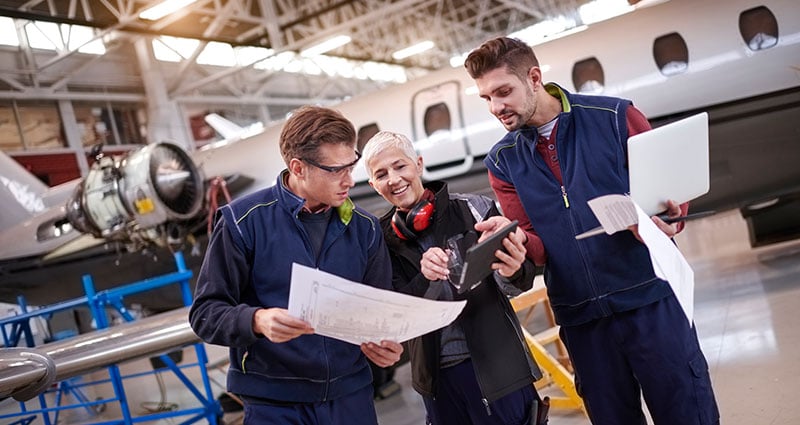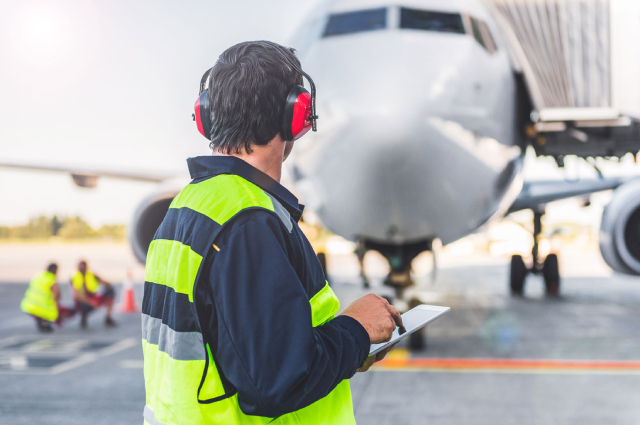Introduction to Aviation Safety
Aviation safety is a critical component of the aviation industry, with the goal of ensuring the safety of passengers, crew, and aircraft during air travel. With millions of people traveling by air every year, it is important to understand the concepts and principles of aviation safety to promote safe and secure air travel. This article provides an introduction to aviation safety, including its history, principles, and current trends.
History of Aviation Safety
The history of aviation safety dates back to the early days of aviation when the Wright brothers first achieved powered flight in 1903. Since then, there have been many advances in aviation technology, systems, and procedures aimed at enhancing aviation safety. However, aviation accidents still occur, with many resulting in loss of life and property.
One of the most significant aviation accidents was the 1977 Tenerife disaster, where two Boeing 747 aircraft collided on the runway, resulting in 583 fatalities. This accident led to the development of new safety regulations and procedures, including standard phraseology for air traffic control and crew resource management.

Principles of Aviation Safety
The principles of aviation safety are based on the understanding of the various factors that contribute to aviation accidents and the measures that can be taken to prevent them. These factors include:
Human Factors – The human factors that contribute to aviation accidents include pilot error, air traffic control errors, and other errors made by aviation personnel. These errors can be reduced by improving crew resource management, which focuses on enhancing communication, decision-making, and problem-solving skills among aviation personnel.

Technical Factors – Technical factors that contribute to aviation accidents include equipment failures, design flaws, and maintenance issues. These can be addressed by implementing regular maintenance checks, updating equipment and systems, and improving the design of aircraft and aviation systems.
Environmental Factors – Environmental factors such as weather, terrain, and other natural conditions can also contribute to aviation accidents. These factors can be addressed by improving weather forecasting and providing pilots with accurate and up-to-date weather information.

Current Trends in Aviation Safety
The aviation industry is constantly evolving, and there are several current trends in aviation safety that are worth noting. These include:
Use of Technology – The aviation industry is increasingly using technology to enhance safety, including advanced communication systems, aircraft monitoring systems, and other safety-related technologies.
Safety Management Systems – Many airlines and aviation organizations are implementing safety management systems (SMS), which are a set of policies, procedures, and processes aimed at managing safety risks in the aviation industry.
Risk Assessment – Risk assessment is a critical component of aviation safety, and many airlines and aviation organizations are investing in risk assessment tools to identify and mitigate potential safety risks.
Aviation safety is a critical component of the aviation industry, and understanding the principles and concepts of aviation safety is essential for promoting safe and secure air travel. The history of aviation safety has led to the development of new safety regulations, procedures, and technologies aimed at improving aviation safety. By implementing these measures, the aviation industry can continue to promote safe and secure air travel for passengers, crew, and aircraft.



